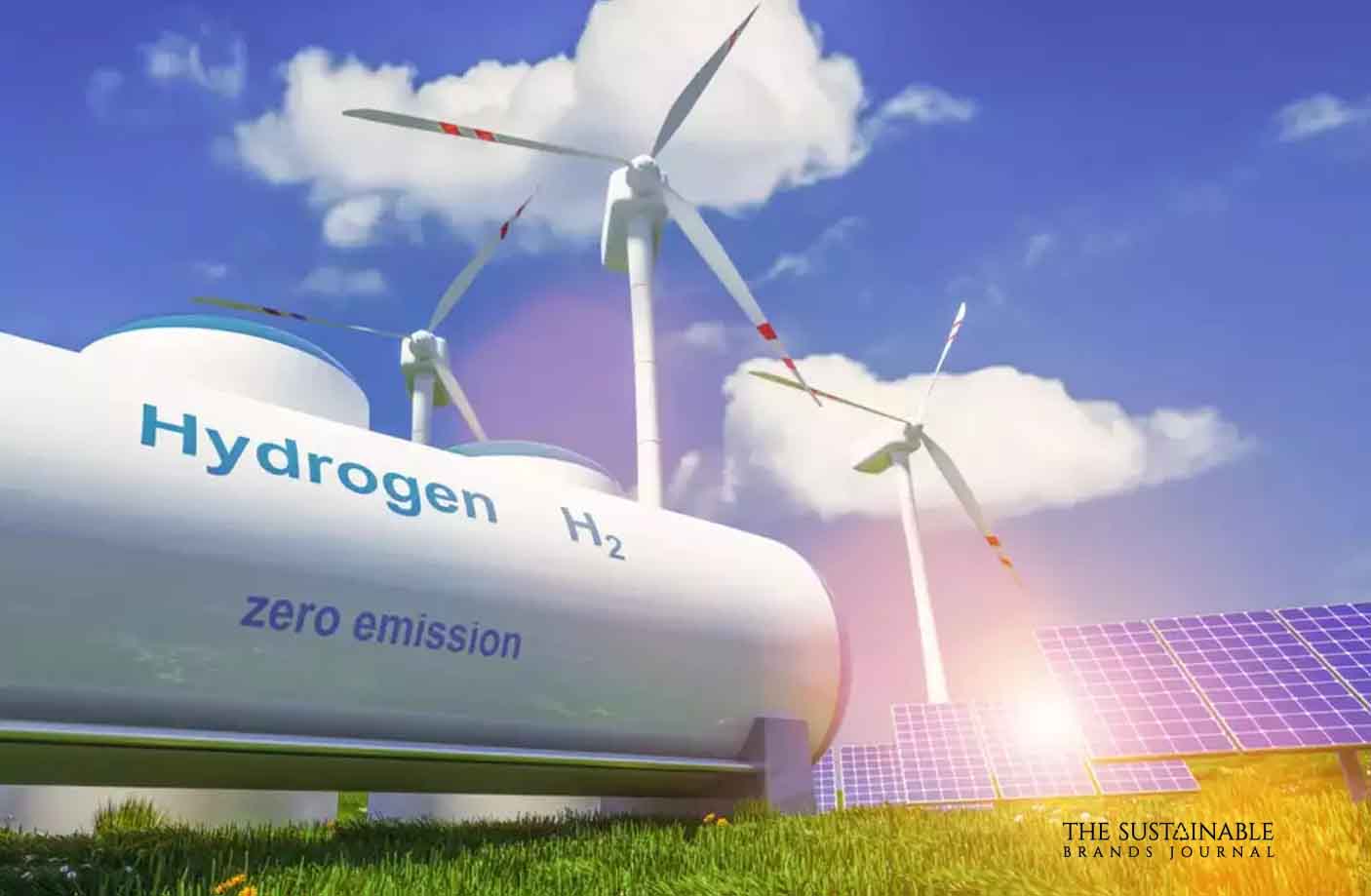
India Sets Ambitious Targets for Hydrogen and Ammonia Consumption in Key Industries
India has set ambitious targets for hydrogen and ammonia consumption in certain key industries, according to a statement from the government. The move is part of the country’s efforts to increase the use of clean energy sources and reduce its dependence on fossil fuels.
The government has set a target of 5 GW of hydrogen-based power generation by 2030, along with a target of 2.5 million metric tons of hydrogen production by 2030. Additionally, a target of 5 million metric tons of ammonia production by 2030 has also been set. These targets will be achieved through a combination of government support and private-sector investment.
Here are some of the key points of the new targets:
- Increasing the use of clean energy sources in the country, particularly hydrogen and ammonia.
- Reducing the country’s reliance on fossil fuels and decreasing its carbon footprint.
- Setting up infrastructure and providing incentives to support the adoption of hydrogen and ammonia in targeted industries.
- Achieving 5 GW of hydrogen-based power generation by 2030
- Producing 2.5 million metric tons of hydrogen by 2030
- Producing 5 million metric tons of ammonia by 2030
The Indian government is taking several steps to support the development of hydrogen and ammonia as clean energy sources. This includes setting up a National Hydrogen Energy Board, which will be responsible for the development of policies and programs to promote the use of hydrogen as an energy source. The government also plans to provide financial support to companies engaged in the production and distribution of hydrogen and ammonia.
Hydrogen is being looked at as a promising clean energy source due to its versatility and ability to store energy. It can be used to power vehicles, generate electricity and heat homes, among other applications. Ammonia, on the other hand, is a clean-burning fuel that can be used in power generation, transportation, and agriculture.
According to a report by the International Energy Agency (IEA), hydrogen has the potential to meet 18% of the world’s final energy needs by 2050. The report also states that hydrogen could help to reduce greenhouse gas emissions by 6 billion tonnes per year by 2050.
India has been making significant strides in the development of clean energy in recent years. The country has set a target of achieving 40% of its total power generation from renewable energy sources by 2030. Additionally, India has also set a target of achieving 175 GW of renewable energy capacity by 2022.
According to a report by the National Institute of Clean Energy (NICE), the cost of hydrogen production in India is expected to decrease by 50-70% by 2030. The report also states that the cost of ammonia production is expected to decrease by 40-60% by 2030.
The government’s new targets for hydrogen and ammonia consumption are a positive step towards achieving the country’s clean energy goals and reducing its carbon footprint. However, there are still some challenges that need to be overcome, such as the lack of infrastructure for hydrogen and ammonia production and distribution.
In conclusion, the Indian government’s new targets for hydrogen and ammonia consumption are a step in the right direction towards achieving the country’s clean energy goals and reducing its carbon footprint. The government’s support and private sector investment will be crucial in achieving these targets and overcoming the challenges that lie ahead.
References:
- International Energy Agency (IEA) report on hydrogen: https://www.iea.org/reports/hydrogen-a-clean-energy-perspective
- National Institute of Clean Energy (NICE) report on hydrogen and ammonia production costs in India: https://www.nice.res.in/reports
- India’s renewable energy target: https://www.mnre.gov.in/renewable-energy-sources/indias-

Prachi, an accomplished Chief-Editor at The Sustainable Brands Journal, has 15+ years of experience in Europe, the Middle East, and India, managing 90+ global sustainable brands. She’s a prolific writer in sustainability, contributing to various publications. Prachi’s unwavering passion and expertise make her a recognized authority, driving positive change and inspiring a sustainable future.





